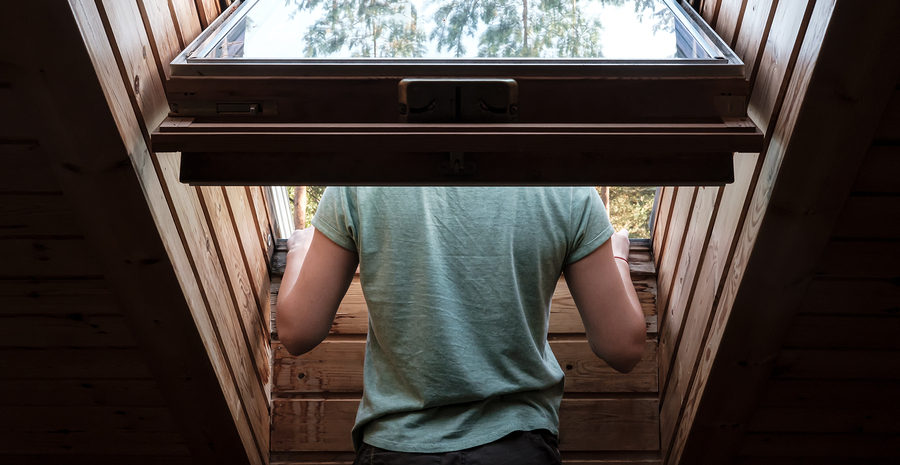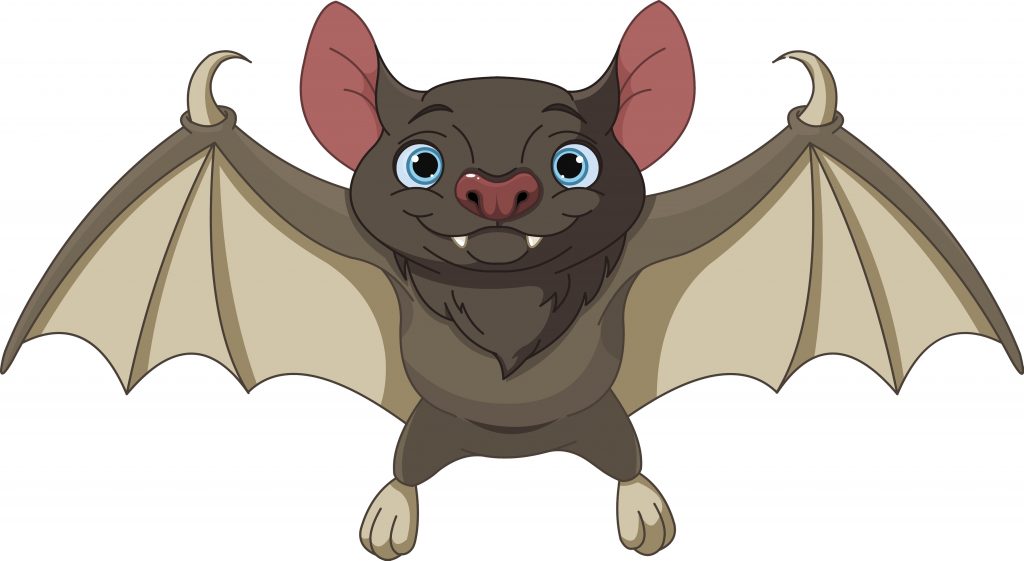Discovering bats in the attic is never a good thing. But it is easier to manage when the discovery happens early on. One way to ensure you catch a bat infestation in your Indiana home before it can get out of control is to learn the common signs that indicate bats are present. Continue reading to learn what you should be looking for if you suspect bat intrusion.

Threats Posed By Bats
It is important to get rid of bats as soon as possible for many reasons. Bats are known carriers of several infectious and transmissible diseases. This includes Rabies, lice, and bat mites. Furthermore, their urine and feces (guano) are highly toxic. The accumulation of bat droppings can create unsanitary and unsafe living conditions, as well as, pose the risk of respiratory illness in occupants and pets.
Another reason to get rid of bats in the attic is due to the fact that they are highly destructive, and their droppings play a big part in their destructive nature. Everything around them can become soiled and saturated, including roof underlayment, attic insulation, floorboards, drywall, and more. Overtime, their droppings can even leak into living areas of the home and leave unsightly stains on walls and ceilings.
Signs of a Bat Infestation
The most evidentiary sign that bats may be entering your home or attic is actually seeing them fly around at dusk or dawn. Visibly spotting bats is enough evidence to tell you that your home could be at risk of a bat infestation. If this is the case, it is recommended to have your home inspected on an annual basis to ensure your property is free from nuisance wildlife infestations and damage.
Another common sign of a nuisance bat problem is the presence of bat droppings, also known as guano. Their droppings generally mass-accumulate around their entry and exit points. Look for bat guano in the attic, as well as, around window sills, doors, roof edges, gutters, decks, and patios.
If you can’t find any guano, keep in mind that detecting strange or foul odors may be an indication of bat droppings. This is another common sign of a bat infestation. Things like nesting, grooming, and droppings can quickly produce a smell that is both toxic and unpleasant. These odors can make their way into living areas of a home, and linger until the bat infestation and damage are resolved.
Hearing strange sounds in the walls, attic, or other sheltered area of your home is a tell-tale sign that something is living where it should not be living. If it’s not birds, it is likely bats. You can hear bats chirping, squeaking, tweeting, and flapping inside chimneys, walls, and more. You are more likely to hear these bat noises at night since they are nocturnal mammals.
How to Get Rid of Bats in the Attic
As soon as you suspect that bats are living in your attic, your first and only step is to contact an bat removal and control specialist in Indianapolis for emergency bat removal services. They have the resources to effectively remove bats without harming them or your property in any way, as well as, implement strategies to prevent bats from returning. Some companies may even be able to provide home owners’ insurance claim work to repair bat damages.
Indianapolis Bat Removal and Control
Call 317-535-4605 for safe and humane bat removal and control in Indianapolis. Our licensed bat removal specialists offer a wide range of residential and commercial bat extraction and exclusion services at the most competitive prices around. We only use safe, eco-friendly techniques and humane methods of bat abatement, including relocated captured bats to a faraway, safe habitat. We also offer 24 hour emergency service, free estimates, free advice, and more! Call 317-535-4605 to request a free estimate, today.


